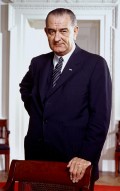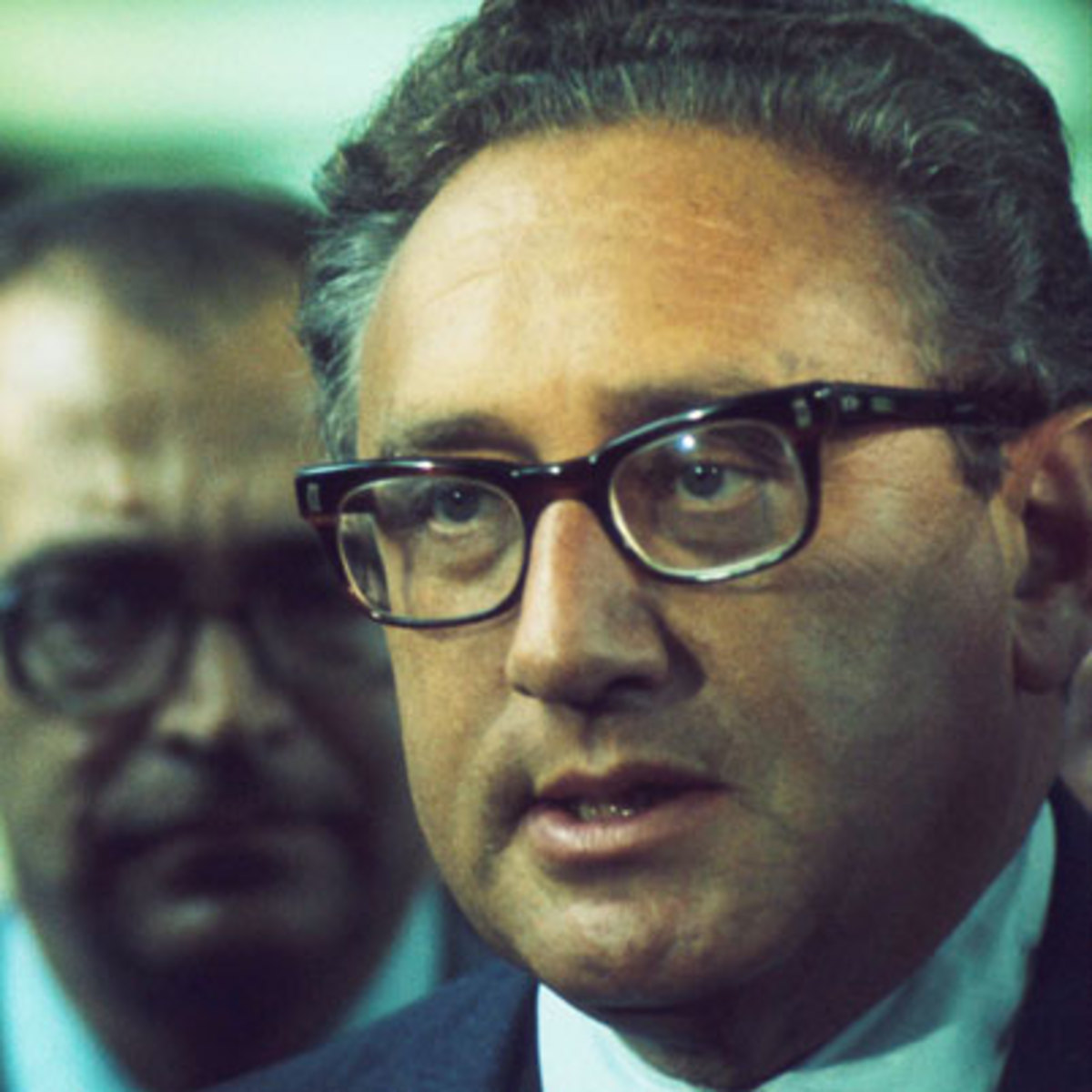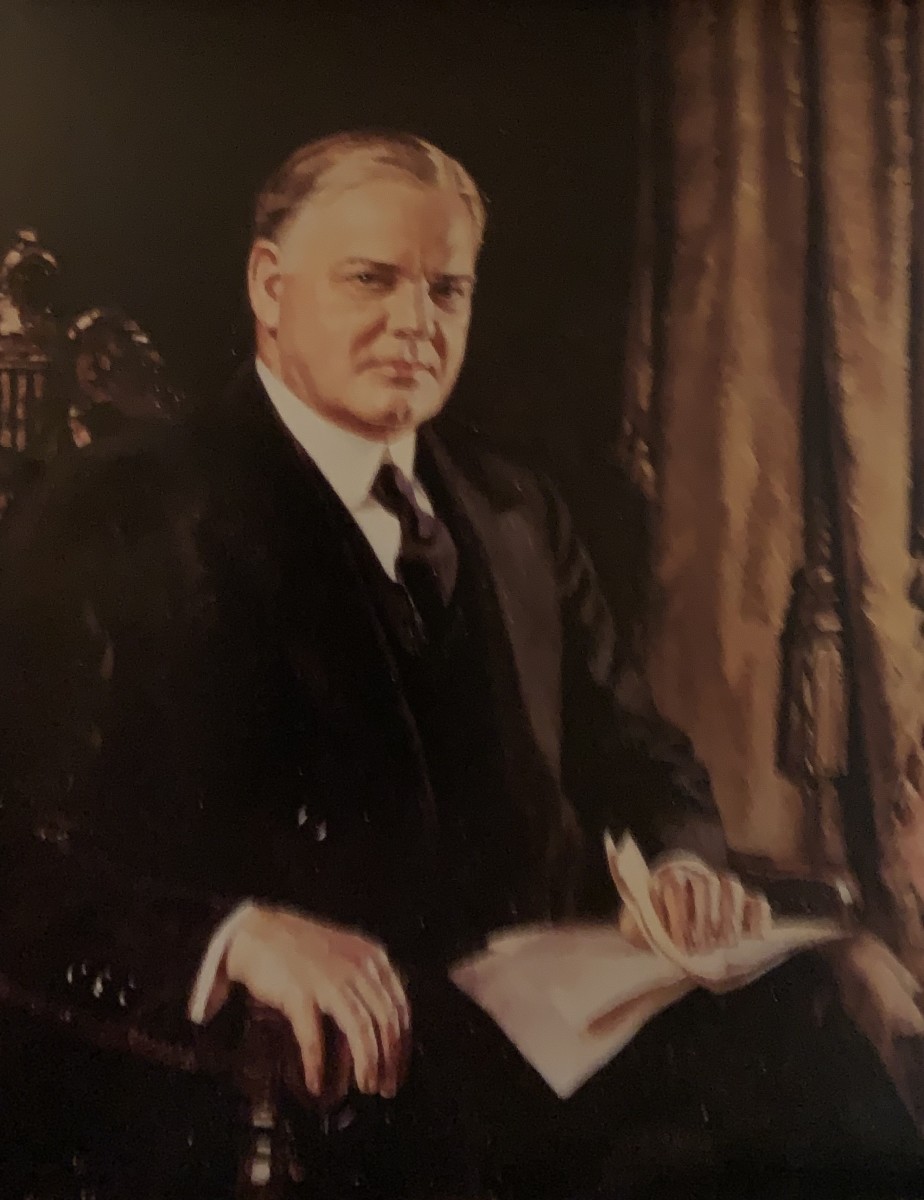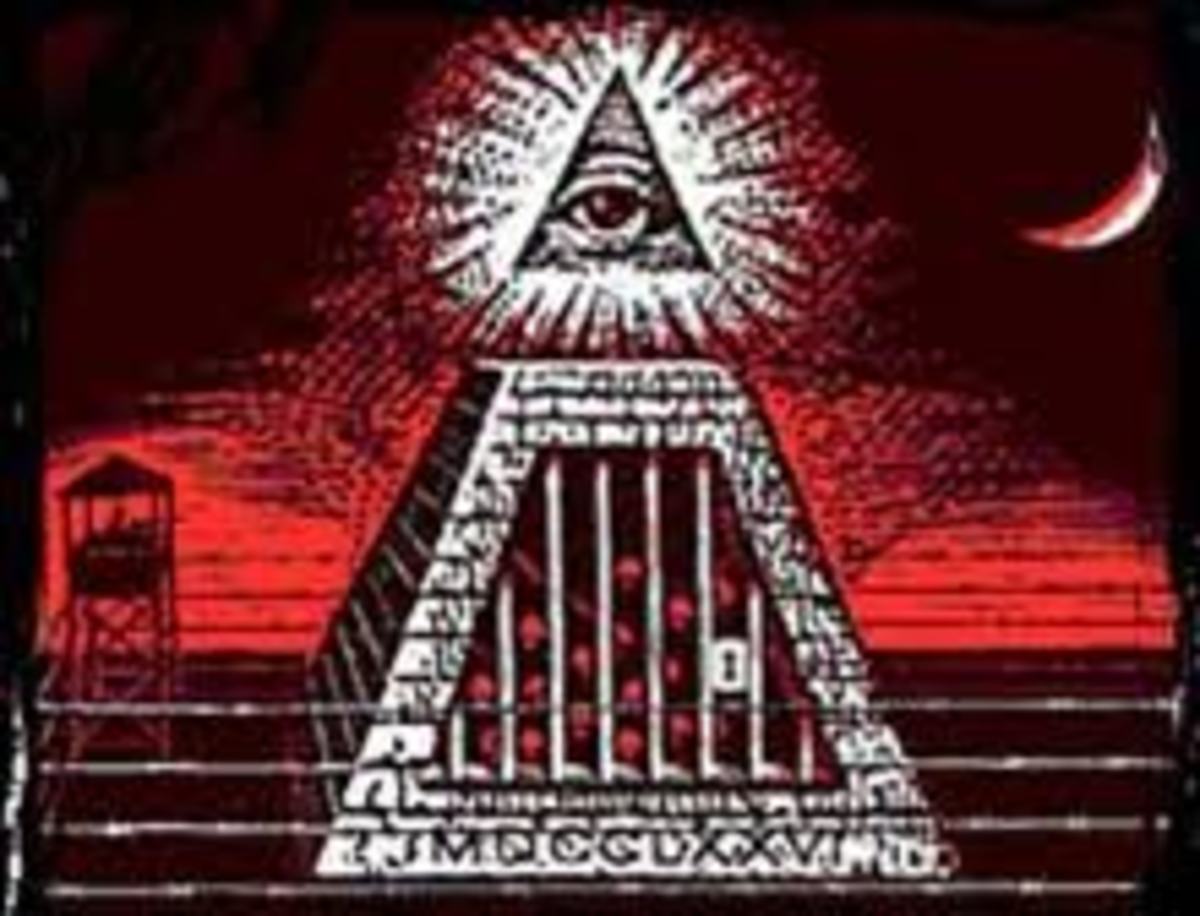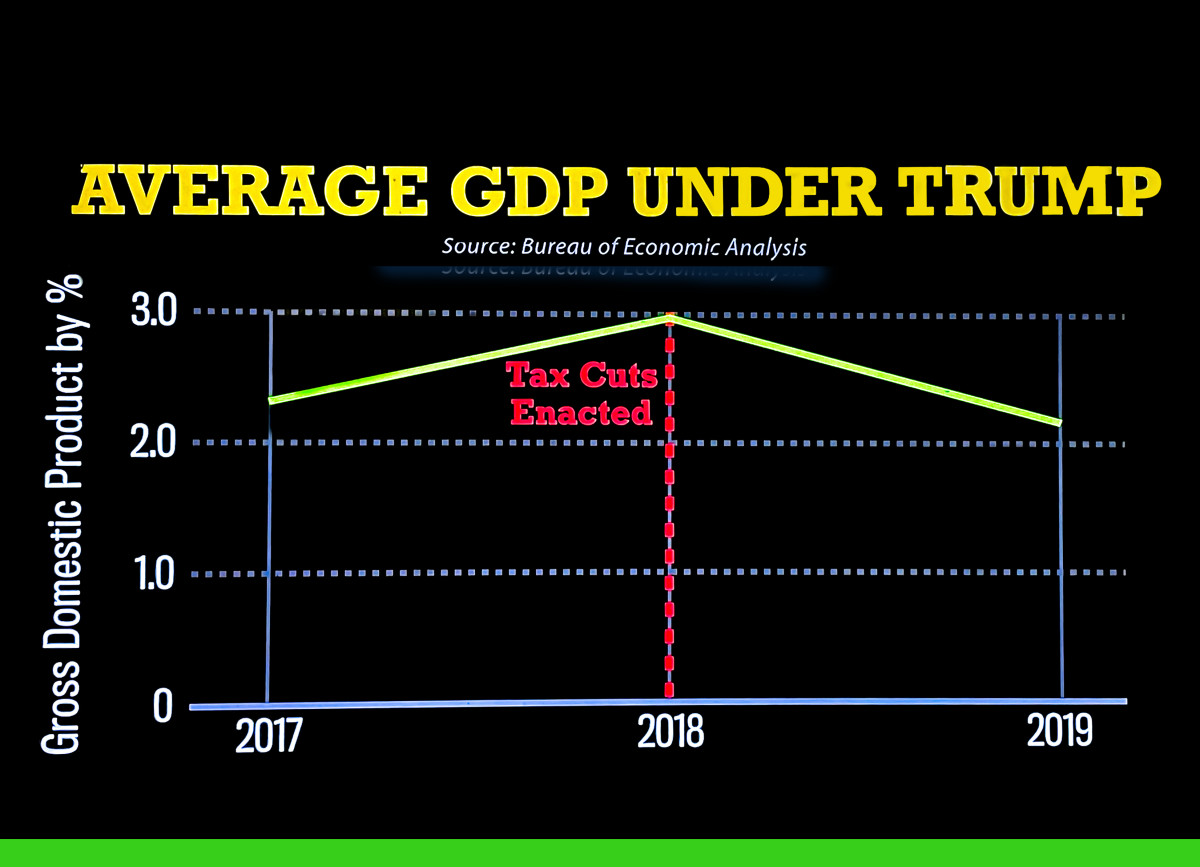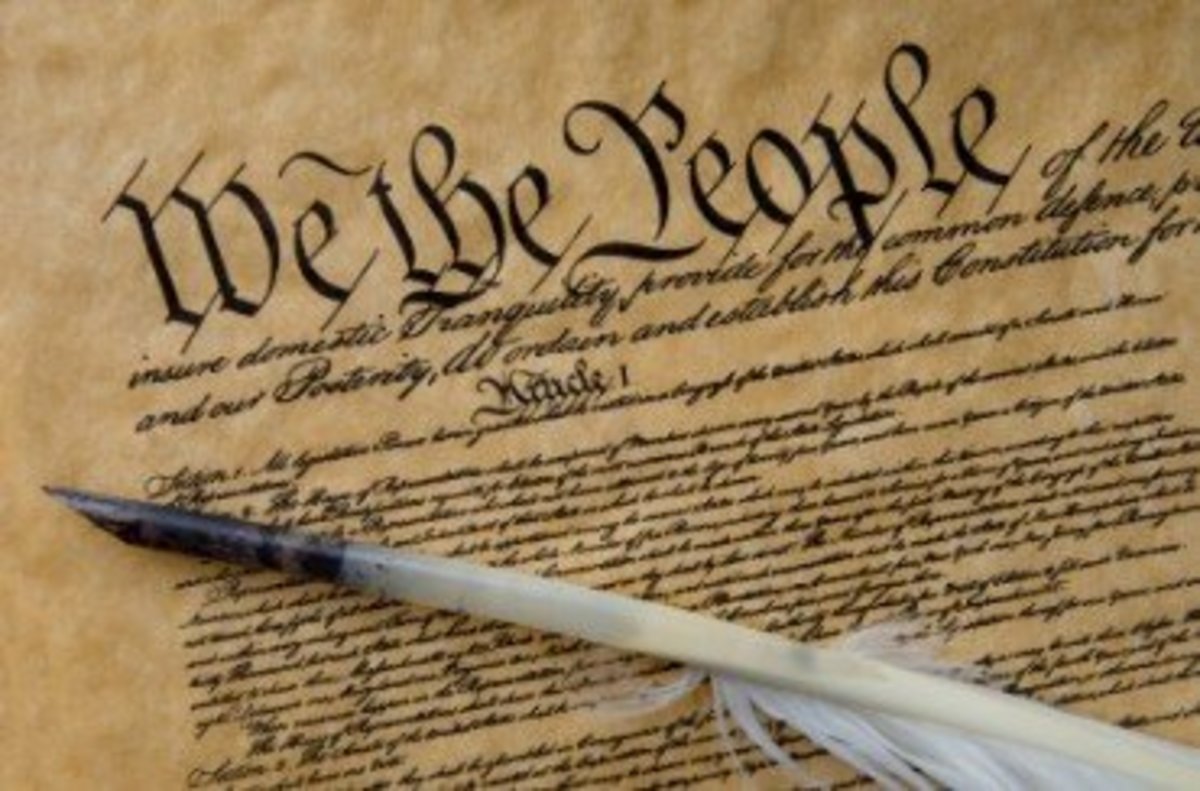US Foreign Policy During The Cold War
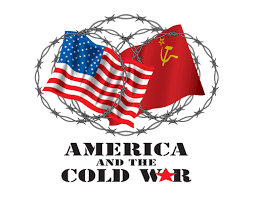
The history of American foreign policy can be broken up into several phases during critical moments in time. With each new turbulent moment in history, the United States had to adapt and alter their way of thinking and dealing with foreign powers. The World Wars provided a particularly tricky obstacle in foreign relations as the world had never seen such massive casualties in such a short period. This novel experience forced the United States to reevaluate their engagement in global affairs.
In the years before the World Wars, the United States emphasized a very internally focused mindset close to isolationism. The US faced a harsh road from once being a British colony to developing into a major world power. However, during this road of expansion, the United States maintained a very domestic centered mindset which led to a booming economy even before WWI. The World Wars forced the United States to participate in global affairs which they often had refrained from after successfully usurping their colonial status. Never before had the United States been so actively involved in foreign relations.
After the success of the American Revolution, the United States was officially its own entity and with this new status came the need to expand to deter any possible invaders and retain their newfound freedom. Faced with the need to expand, the US had the task of securing more land to establish this new country across the continent. The US was able to accomplish this through both hard and soft power. The US utilized the soft power of the economy when they purchased the Louisiana territory from France. While the French realistically could not have adequately defended the land from both the US and the Native Americans already established in the lands, the US made the executive decision to gain the lands through monetary exchange rather than brute force.
However, this tactic was not always a viable option. To gain Texas, the US had to use the hard power of the military to annex the land from Mexico. While the United States ultimately was able to claim ownership over Texas, the Mexican-American war was a necessary but costly endeavor. The Germans later tried to use the harsh tensions from the conflict to incite a partnership with Mexico against the United States during WWI through the infamous Zimmerman telegraph. So, while the US was focused on expanding through the North American continent, they still were able to utilize both hard and soft power to establish themselves as a legitimate world power.
During this time of expansion, the United States also focused on internal projects such as the transcontinental railroad to create a strong and competitive internal economy. This began a time of consolidation and centralization as the US continually strengthened their economy to make it competitive with those abroad. The US also began to industrialize and increase production until it became one of the most prominent manufacturers in the world. As the Kennedy reading showed, the US share of manufacturing underwent incredible growth so that by 1928, the US was manufacturing 39.3% of all manufactured goods. This means that the US was the most powerful manufacture in the world.
At the beginning of WWI, the United States took a neutral stance and was open to trading with both sides. This was very typical of what the United States foreign policy had been up until this point since the country remained largely focused on internal affairs while still trying to portray itself as a strong economic force abroad. For this reason, President Woodrow Wilson was very hesitant to enter the war in fear that it would cost American workers unnecessarily if they were to align themselves with the Allies. However, the United States decision to remain neutral was quickly put under strain, forcing the United States to engage in foreign affairs at an unprecedented level of involvement.
In May 1915, a German U-Boat sank a transatlantic ocean liner, killing approximately 1200 passengers. A now emerging superpower, the United States could not let such a blatant act of war go unpunished. The United States public demanded justice in the form of entering the war on the side of the Allies. However, it wasn’t until January 1917 when the Zimmerman telegraph was intercepted and decoded that the United States made the remarkable decision to declare war against Germany and the Central Powers.
To accomplish this great feat, the United States in a period of just over 18 months, managed to conscript, equip, and train over 4 million soldiers for war. Rather than simply replenishing the Allied forces, President Woodrow Wilson decided to send full army and marine divisions. These fresh divisions were able to swiftly fight and defeat the diminishing German troops. The United States entrance turned the tides of the war, forcing the Germans to sign an armistice in 1918 to end the fighting. In 1919, the powers met at Versailles to sign a treaty to negotiate the terms of new states, establish the League of Nations, and seek reparations from Germany.
The Germans aggressive actions including the Zimmerman telegraph and the use of U-boats forced the United States into entering the war however, after the war the US was content to leave the spotlight of world affairs. During the time between the World Wars, the United States tried to revert to a more inward focus. This is evidenced by the United States’ refusal to join the League of Nations. The US also drew their forces out of Europe and brought their focus to recovering the economy after the Great Depression.
By 1932, the United States was fully embracing their isolationist tendencies as they were not entangled in any alliances and had no troops stationed in foreign countries. The US was largely absent during the beginning stages of the war as they were recovering from the depression. Another reason the US was hesitant to enter another European war is because they had received no real benefits from entering the first World War. In the aftermath of WWI, the American public regretted the expensive endeavor and the casualties that resulted both from fighting and the Spanish Flue. Because of this by 1940, there was not support from the American public to enter WWII.
The US goal was to pressure Germany into not interfering with their affairs while selling materials to Britain and France. While still not wanting to enter a European war, the US adopted both a cash and carry trading system as well as a lend lease program to Britain. Under Roosevelt’s leadership the US became an “arsenal for democracy” and the economy boomed because of this shift. During this time the US foreign policy was muted as they supported the Allied powers while managing to avoid entering the war. However, intervention by the Japanese ensured that the United States could stay on the sidelines no more.
On December 7, 1941 Japan attacked Pearl and killed over 2,000 soldiers. The American public that was previously content with avoiding war quickly turned and became fully supportive of announcing war on Japan just one day after the attack. As one Japanese soldier commented, the Japanese had “awakened a sleeping giant.” Three days later, Germany backed up Japan and declared war on the US.
The United States shifted all its industrial power behind producing military supplies to the point that they were outperforming Germany despite their late entrance to the war. Car companies during this time did not produce cars for approximately 3 years in favor of contributing to the military output. The US also undertook the largest feat of engineering to date with the Manhattan project. In just 3 years, the team was able to create an atomic bomb thus introducing the capacity for nuclear war. On August 6, 1945, the US dropped a uranium bomb on Hiroshima and a plutonium bomb just three days later on Nagasaki when Japan failed to surrender.
The major industry shift and capacity for nuclear war were not the only reasons the United States remained largely unscathed after WWII. Due to Geography, if a foreign enemy wanted to invade the United States, they would have to launch a transatlantic or transpacific attack. Because neither Germany or Japan had the ability to spare troops for such an impractical endeavor, there was very little damage done on American soil.
In the aftermath of WWII, the US’s economy improved, their industry grew, very few causalities were experienced, and no civilian lives were lost. By the end of the fighting in 1945, the United States was more powerful in every measure then they were at the beginning of the war. Unlike after WWI, at the conclusion of WWII, the United States had tangible gains from entangling themselves in another European war.
It wasn’t until the Japanese attack on Pearl Harbor that the United States abandoned its isolationist tendencies and shifted its entire industrial power behind building up their military strength. It wasn’t until its national security was in jeopardy that the US once again became involved with foreign affairs. In WWI, the German use of U-boats and secret messages of insurgency with Mexico enticed the US to war while the need to enter WWII was based on a more direct attack from Japan. In both instances, it wasn’t until another party threatened the United States national interests and national security that the United States began to engage in global affairs.
Traditionally the United States stuck to an isolationist foreign policy as it began to establish itself as a legitimate world power after years of colonization under Britain. As the country sought to expand its borders across the North American continent, the US had to engage in both shows of soft and hard powers to secure more land for its growing nation. Once the United States had acquired its much-desired land, it sought to industrialize and improve its economy. These endeavors required a very inward focused set of policies thus leading to a lack of engagement with foreign affairs. However, Germany and Japan’s aggressive tactics in the World Wars forced the United States to shift from their isolationist ways to defend their interests and security. These shifts eventually led the United States to a better economy, increased capacity for industry, and official status as a formidable world power.
© 2020 Easton B


